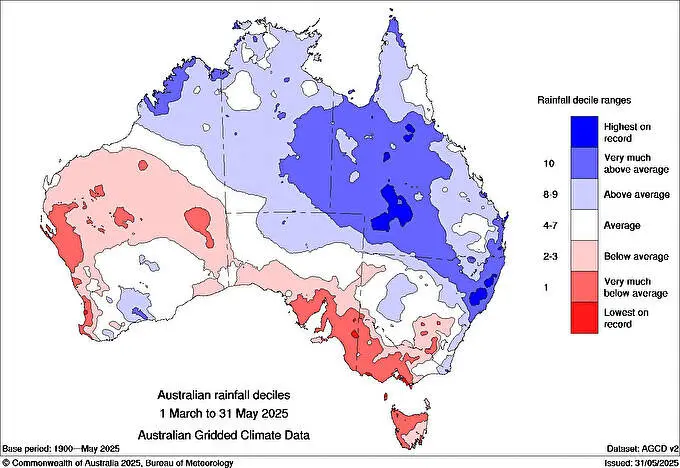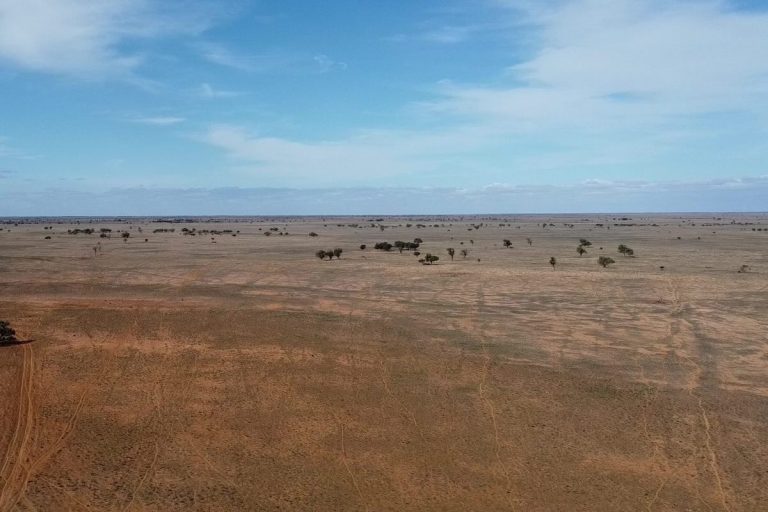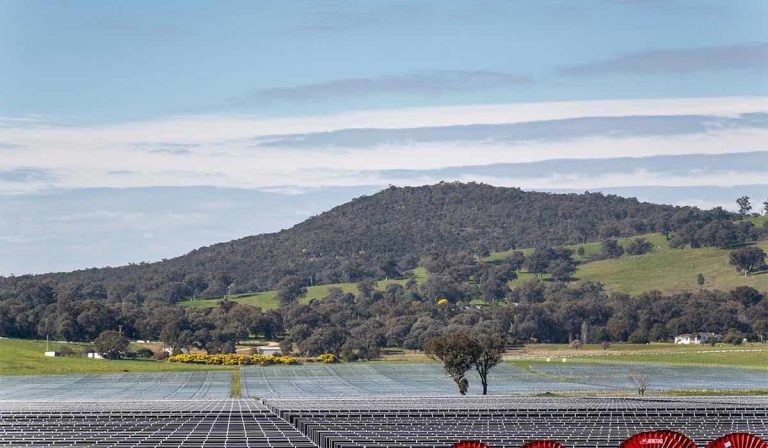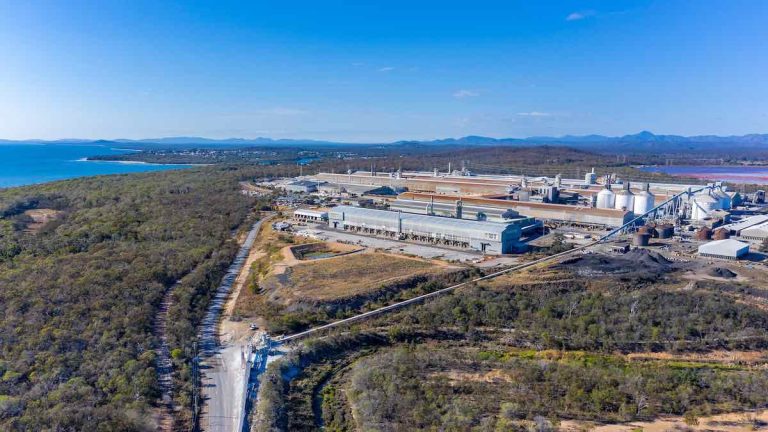Unusual Autumn Weather Impacts Solar Farm Performance
Autumn in the National Electricity Market (NEM) has become a period of volatility and uncertainty, characterised by erratic weather patterns that influence renewable energy outcomes. This seasonal variability is expected to persist as the energy transition continues.
Last year, a prolonged ‘wind drought’ significantly reduced wind farm output across various NEM regions, highlighting the impact of unpredictable weather on renewable energy generation.
Sharp Contrasts in Solar Irradiance Patterns
The autumn of 2025 has revealed stark differences in solar irradiance patterns between the north-eastern and south-western regions of Australia, affecting solar farm operations throughout the NEM.
This season has been marked by unusual weather patterns deviating significantly from historical norms. A dominant high-pressure system over southern Australia has created a north-south split, blocking rainfall in the south while allowing moisture to accumulate in the north and east.
The weather disparity is largely influenced by a strongly positive Southern Annular Mode (SAM), redirecting moist air towards Queensland and New South Wales while keeping the southern states dry.
Following Cyclone Alfred in March, above-average rainfall has been experienced in the north-east, with Queensland having its sixth-wettest autumn on record. In contrast, southern and western regions have faced below-average rainfall, with Victoria recording its driest autumn since 2008.
Impact on Solar Farm Performance
Recent data from Solcast, as reported by PV Magazine, indicates a nearly 20% decrease in solar irradiance in some parts of Australia compared to seasonal averages. Conversely, regions in the south-west have seen increased solar exposure due to clear skies.
The prolonged high-pressure system has led to varying solar irradiance levels across the country, affecting the performance of utility-scale solar farms in the NEM.
Analysing the availability of solar units in 2025 compared to previous years provides insights into the impact of weather conditions on solar farm operations. Availability, rather than production or capacity factors, is a key metric for understanding these effects.
By examining the deviation in availability from March to May 2025 against the three-year average, several trends emerge:
- Solar farms in Queensland and northern NSW experienced a 5.6% decrease in availability, while Victorian solar farms saw a 7.7% increase on average.
- Site-specific outages, such as those at Haughton Solar Farm and Broken Hill Solar Farm, contributed to declines in availability.
- Gannawarra Solar Farm in Victoria faced extended offline periods this autumn, impacting its ability to capitalise on favourable solar conditions.
- Karadoc Solar Farm demonstrated improved availability this year, attributed to enhanced reliability following downtime in 2024.
The contrasting weather conditions have influenced solar farm performance over the past few months, highlighting the resilience and adaptability required in the renewable energy sector.


65.jpg)



